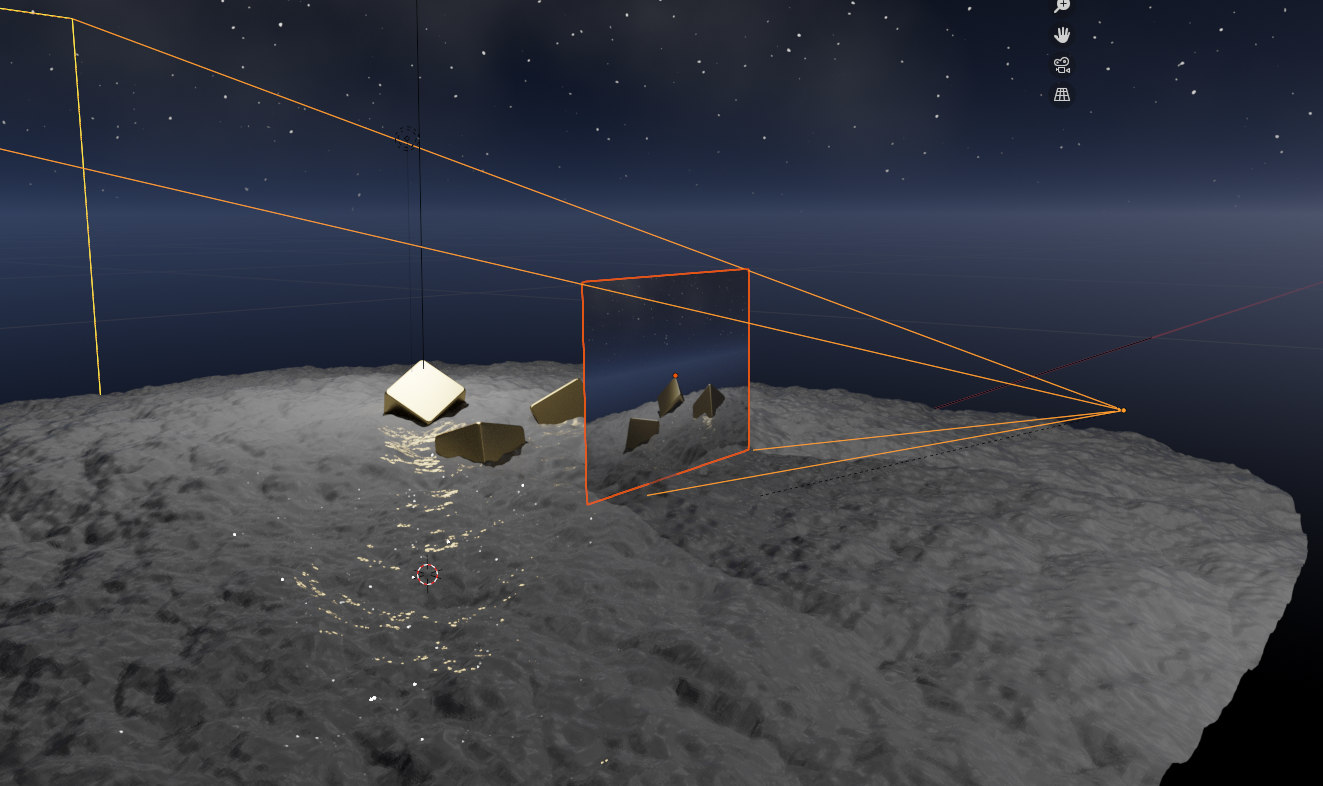What is virtual photography?

Since the world’s first photograph was taken with a pinhole camera in 1826, photography of the “real” world has continued to evolve. Including the current digital camera, all technologies use “real-world” cameras and light sources and “real-world” objects to be photographed.
However, it is now known in detail how the light travels in such a scene. Based on this knowledge, computers can now reproduce the entire photographic process in software. To do this, a “virtual world” (spatial data of a scene including lighting and camera) is first created in the software and the photographic image is calculated based on mathematics.
Modeling a virtual “world” is relatively complex and requires expert knowledge. However, applications exists for which other professionals have prepared such spatial models. This includes, for example, “in-game photography”, which comprises screenshots of a computer game world and has already been recognized by museums as an art form in its own right.
In the world of advertising, product shots are often required even before the product exists. In this case, it is sufficient to use data from the product development stage.
For artistic photographers, the new technology offers the opportunity to create their own personal world of motifs. Once this has been done, there is no need to wait for the motif to be available, or wait for certain lighting conditions to happen.
In abstract art, a new art movement is emerging in which abstraction is carried out directly on the object itself, as if done by a sculptor. In future, the worlds of the artistic photographer and the sculptor will merge in this way.
